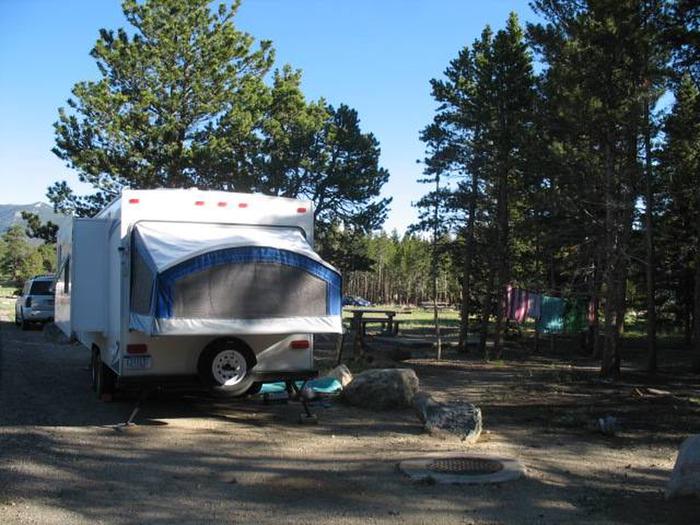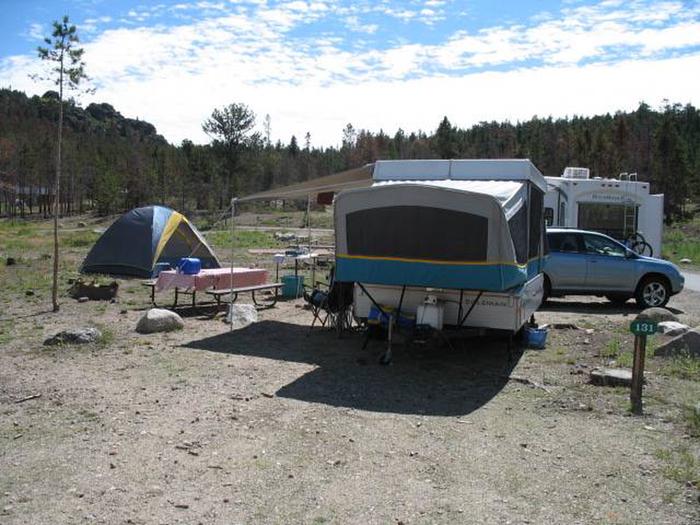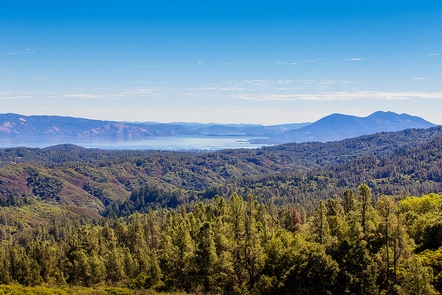Directions
Most visitors to the refuge come through the community of Bettles, which lies 150 air miles northwest of Fairbanks. From Bettles, air charters are available for drop-offs at lakes, rivers and gravel bars. Visitors can then access the refuge on foot or by boat. Keep in mind, however, that this is a very wet area with no developed foot trails, and that many of the refuge’s upland areas are not ideal for hiking. In winter, the refuge can be reached from the Dalton Highway using non-motorized transportation such as skis or dog teams. Snow machine access is also authorized for traditional activities; contact the refuge office for more information.
Phone
907-456-0329
Activities
BOATING, INTERPRETIVE PROGRAMS, FISHING, HIKING, HUNTING, WINTER SPORTS, PHOTOGRAPHY
Camping Reservations
Reserve your campsite at these camping areas:
Hiking Trails
Looking for nice hiking areas to take a hike? Choose from these scenic hiking trails:
Related Link(s)
Kanuti National Wildlife Refuge
Kanuti National Wildlife Refuge is, at 1.637 million acres, about the size of the state of Delaware. It sits atop the Arctic Circle, with approximately a third of the refuge above that meridian and two-thirds below. The refuge is a prime example of Alaska’s boreal ecosystem, which is dominated by black and white spruce with some white birch and poplars. The region’s typically short, hot summers give rise to numerous thunderstorms and lightning strikes. This results in a continuous cycle of burn and recovery. Natural wildfires create diverse habitats with different plant species, and levels of maturity within each species. The resulting mosaic of habitat types supports a variety of wildlife. The refuge’s migratory fish, chinook, chum and coho salmon, as well as sheefish, are creatures of extremes. Its Sheefish make the longest spawning journey of any of their species’ population on record, while Kanuti’s salmon travel more than 1000 miles up the Yukon before entering the Koyukuk River system to spawn. Refuge waters support twelve other fish species, including arctic grayling and northern pike. Protecting breeding habitat for migratory birds is central to the mission of Kanuti National Wildlife Refuge and the U.S. Fish and Wildlife Service. Nearly 130 species of birds spend part or all of the year on refuge lands. With the loss of wetlands in regions outside of Alaska, the importance of Kanuti as a nesting area for birds is likely to increase. The refuge’s boreal forest is home to 37 species of mammals, including brown and black bears, several wolf packs, moose, wolverine, beavers, muskrats, marten and mink. Caribou from the Western Arctic and Ray Mountain herds occasionally winter on Kanuti, as well.





